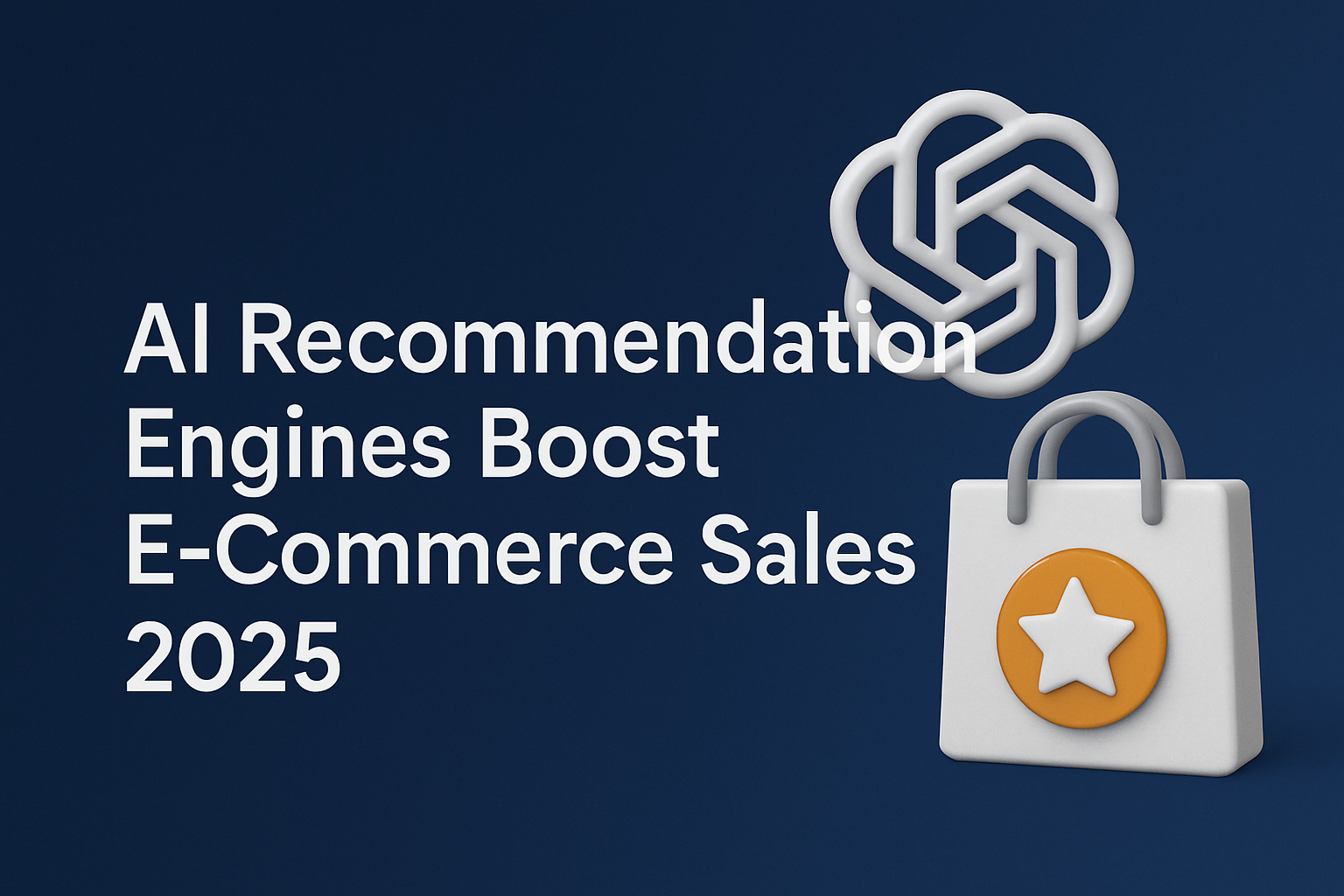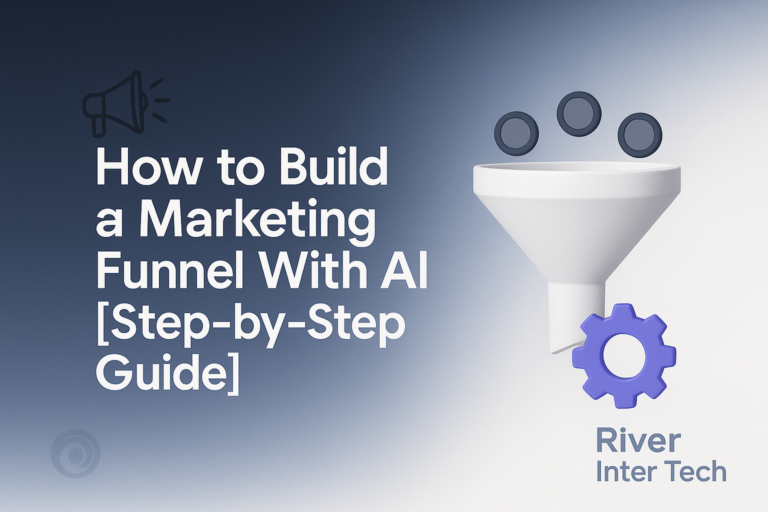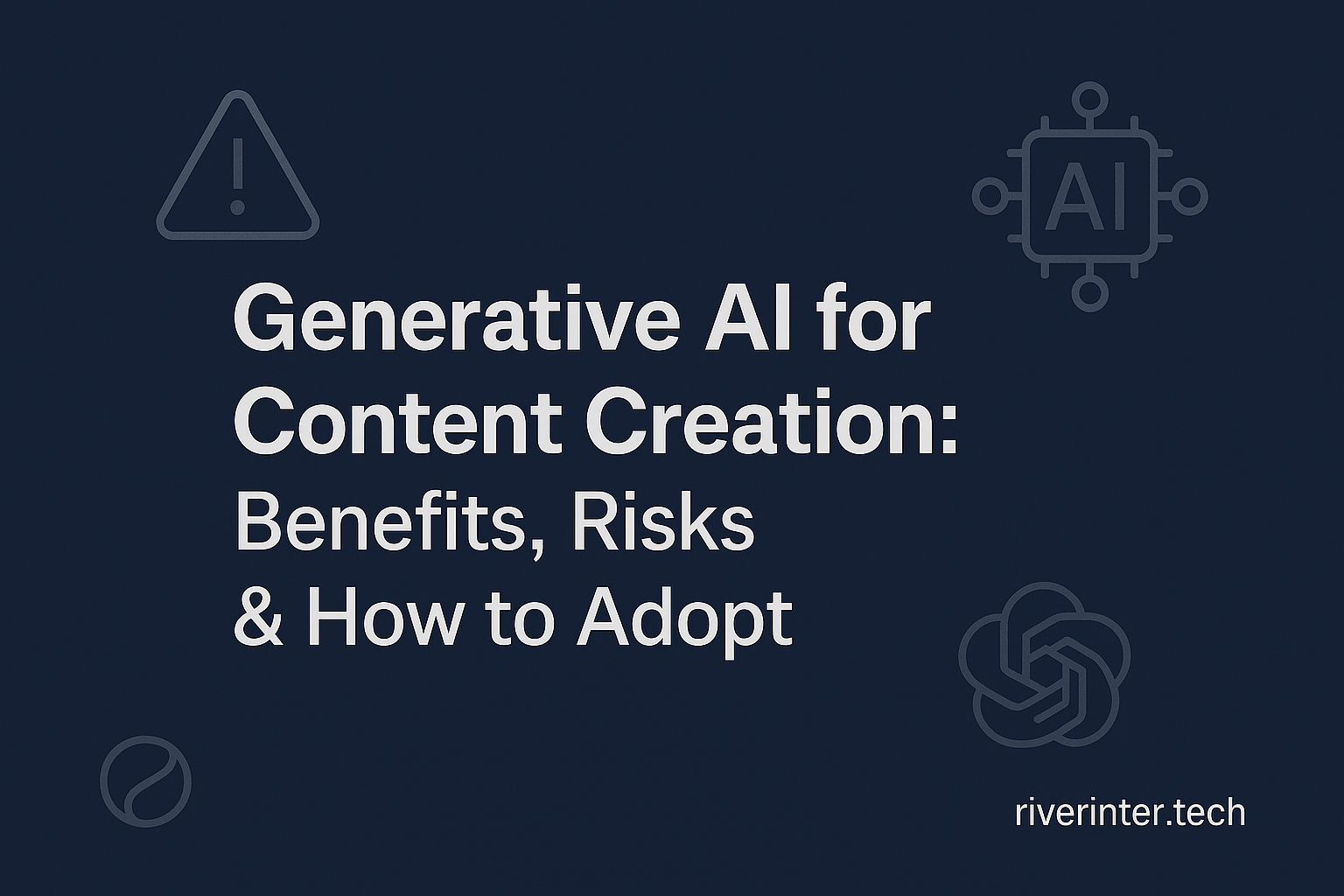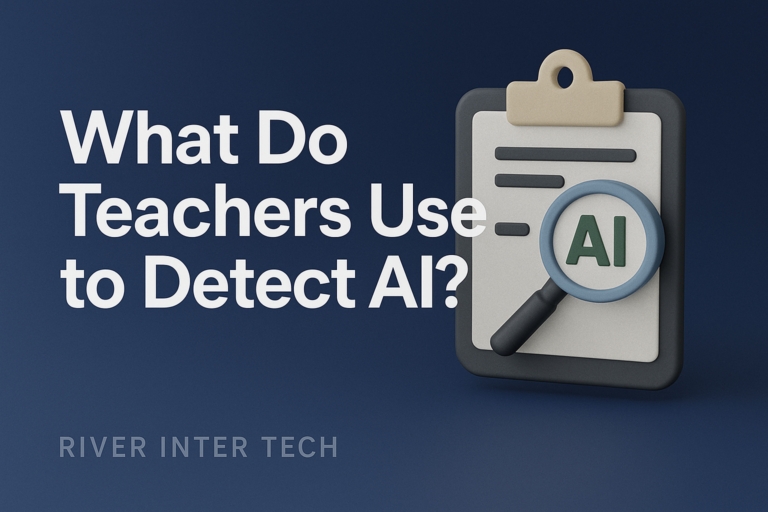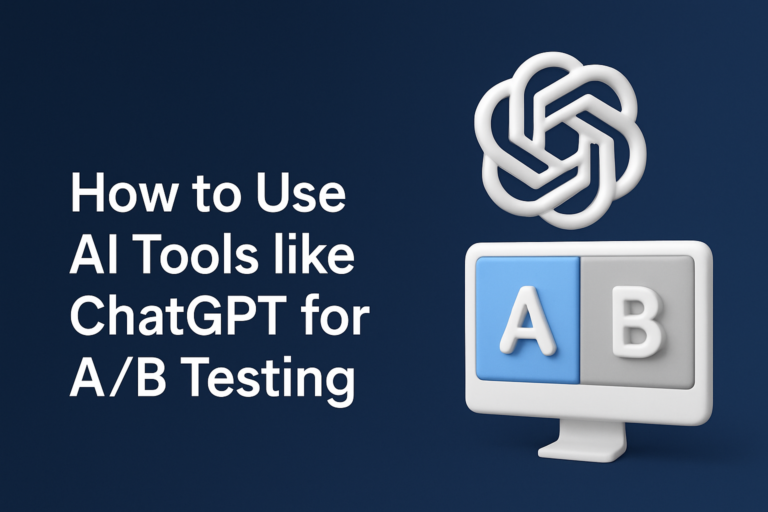How AI Recommendation Engines Boost E-Commerce Sales 2025
Your shoppers expect to be understood—not marketed to. In 2025, recommendation engines don’t just push products. They pay attention. They know when personalization feels helpful and when it crosses into too much. The best systems today read behavior without being invasive. They recommend based on context, timing, and user intent. That precision turns browsers into buyers and fuels significant Shopify sales for modern brands.
It’s not about algorithms anymore. It’s about emotional relevance. AI earns trust by giving people what they actually need before they ask for it. That shift from promotion to intuition is what’s driving loyalty—and revenue—in the new era of e-commerce. Brands that adopt these tools aren’t just making sales. They’re building long-term relationships rooted in relevance and ease, helping identify the best product to sell on Shopify for their audiences.
How Do AI Recommendation Engines Increase Online Sales in 2025?
AI recommendation engines have become the silent salesperson in e-commerce. In 2025, they don’t just suggest products. They predict needs before customers know what they’re looking for. These systems analyze browsing behavior, purchase history, even micro-interactions—like how long someone hovers over an image or which filters they use—to recommend what truly resonates.
With real-time adjustments, the recommendations feel tailored, not generic. Customers click more, stay longer, and check out faster. These engines also respond to seasonal trends, location, and user preferences, adapting within seconds. That responsiveness leads to more conversions with less friction. It’s a smarter, smoother shopping experience that feels personal—one that elevates shopify store sales dramatically.
Advanced AI also enables upselling and cross-selling that doesn’t feel intrusive. It shows customers what they actually want—when they’re most ready to act. Smart AI is no longer a nice-to-have. It’s now central to customer experience, lifetime value, and consistent revenue growth, especially for shopify best selling products with high turnover and seasonal appeal.
What Specific AI Features Are Boosting Customer Loyalty and Retention?
Hyper-personalization drives loyalty in 2025. AI now tailors recommendations based on emotional context, sentiment pulled from reviews, purchase rhythms, and delivery preferences. If a customer prefers eco-friendly packaging, or weekday delivery, the engine adapts in real-time. The result is a customer experience that feels custom-built.
AI now supports dynamic loyalty paths. It shows users their progress toward rewards and offers gamified nudges based on engagement. These features keep users interacting longer and returning more often. Brands also use machine learning to reduce decision fatigue—offering fewer, better options that match a customer’s unique style, budget, and behavior.
When shoppers feel understood—not sold to—they return. Loyalty isn’t built on discounts alone. It’s built on emotional connection and frictionless interaction. AI makes that connection feel natural, intuitive, and relevant at every turn. This emotional targeting often reveals the most selling products on Shopify by matching need with intent.
For brands leveraging AI effectively, the payoff is greater sales on Shopify and stronger customer retention across diverse demographics.
How Does Cross-Category Shopping Influence AI Personalization Strategies?
Shoppers no longer stay in one product lane. Someone buying athletic shoes might also shop for protein powders, hydration packs, or wellness books. In 2025, AI doesn’t just track verticals—it maps out lifestyles. It analyzes purchasing patterns across categories to identify correlations that aren’t obvious.
This behavior fuels dynamic personalization. AI curates bundles that reflect a full-life context—not just the product at hand. That means higher cart values and more time spent exploring. For example, a customer browsing headphones may receive personalized playlists, travel accessories, and audio gear—all tied to previous behavior across unrelated categories.
This strategy makes customers feel seen in a broader way. It adds an element of delightful surprise, giving shoppers relevant ideas they didn’t know they needed. That blend of context and curiosity boosts satisfaction and spending. It’s a core driver behind top selling products Shopify merchants spotlight in lifestyle-focused campaigns.
For those analyzing trends, such patterns help determine the next best product to sell on Shopify before competitors catch on.
Why Are Predictive Shopping Assistants More Effective Than Basic Recommendations?
Predictive shopping assistants don’t just react—they anticipate. These tools know what customers might want before they even search. In 2025, that’s a major upgrade from traditional carousels. They use contextual data like time of day, location, season, weather, and user activity to shape the next-best action.
These AI systems work like digital concierges. For instance, if a user shops for skincare late at night, the assistant might suggest calming nighttime serums and remind them about a previous item they viewed. It may even recommend gifting ideas close to a saved birthday date.
By staying one step ahead, predictive AI doesn’t just enhance convenience. It creates a sense of care and consideration. It reduces overwhelm, speeds up decision-making, and reinforces brand loyalty. Customers don’t just get what they want—they feel like the brand understands them fully. For many entrepreneurs browsing shopify stores for sell, this kind of innovation represents a turnkey selling advantage.
Forward-thinking sellers also use predictive tools to position their shopify top selling products in front of buyers during peak intent moments.
In What Ways Can AI Optimize Inventory Management and Reduce Cart Abandonment?
Inventory and personalization no longer operate in silos. In 2025, AI connects the two. If a product is running low in stock, AI dynamically prioritizes similar alternatives in recommendations. If an item is part of a high-demand trend, it gets temporarily boosted across similar customer profiles.
For cart abandonment, AI is proactive. It triggers personalized retargeting campaigns based on specific user behavior. Instead of sending blanket reminder emails, it sends relevant follow-ups—like size availability updates, price drops, or bundles that match the abandoned cart. These messages reach users on the right platform, at the right moment.
Behind the scenes, AI also forecasts demand and helps e-commerce businesses prevent stockouts or overstocking. It uses real-time data to suggest reorder timing, improve warehouse efficiency, and keep fulfillment streamlined. This blend of inventory intelligence and customer insight means fewer lost sales—and more satisfied buyers who get what they need, when they need it.
As these tools become standard, entrepreneurs looking at shopify stores for sell often prioritize platforms that already integrate advanced recommendation AI for a competitive edge.
Conclusion
In 2025, the role of AI in e-commerce isn’t just about automation—it’s about anticipation. Recommendation engines have become more than a tool. They are the interface between brand and buyer. When used with intention, they build trust, drive revenue, and create loyalty through emotional intelligence. For merchants looking to maximize shopify sales, this technology is no longer optional—it’s foundational.
From predicting product needs to tailoring delivery options, AI meets shoppers where they are and guides them toward what they need—often before they realize it themselves. It’s not just about more sales. It’s about smarter, smoother, more human digital commerce. For brands willing to lean in, the rewards are only just beginning—especially those optimizing for shopify best selling products across evolving buyer journeys.

